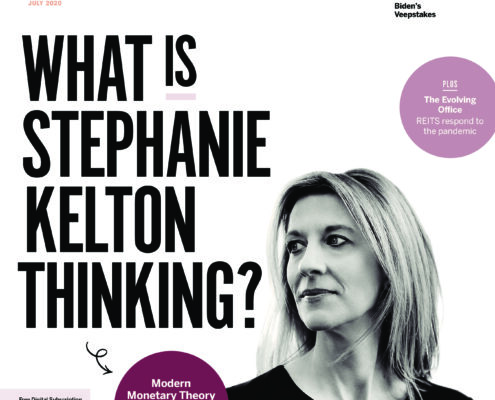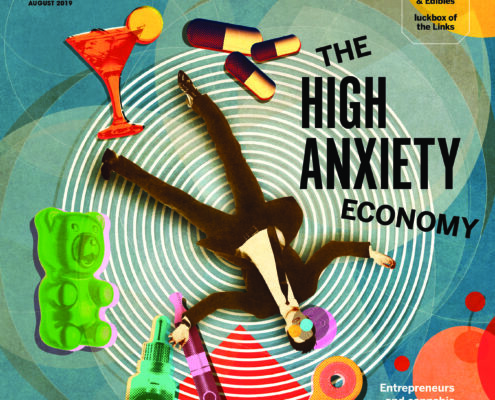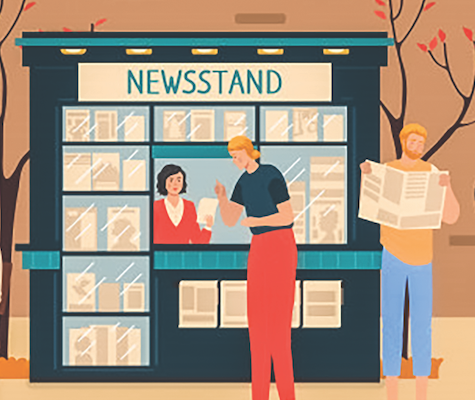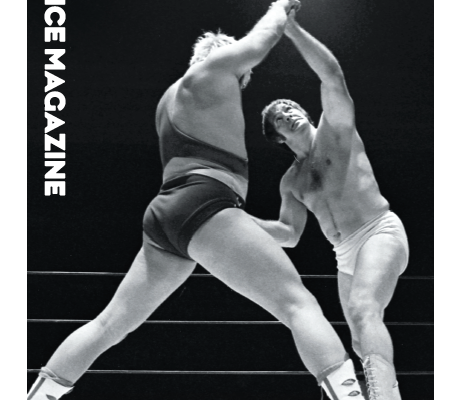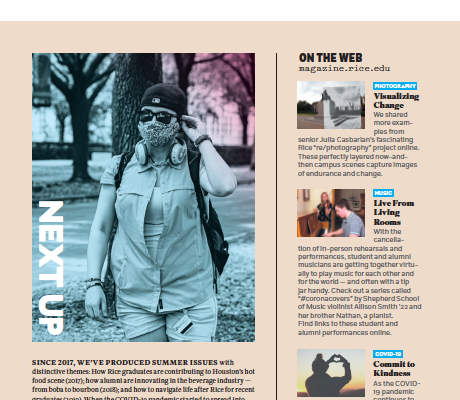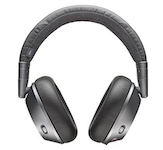A Nimble Voice
Staying Current in Print
By John Podhoretz
COMMENTARY, “the monthly magazine of opinion,” is in the thick of it — literally. The editorial office is located in New York City, the biggest COVID-19 hot spot in the United States. But it’s also the case figuratively. The May 2020 issue of the magazine was one of the first titles to roll off the presses at Lane with a significant focus on the pandemic. And we mean significant — four feature pieces and two commentaries with thoughtful relevance to the crisis, including a cover story on “pandemics ancient and modern and the lessons they teach.” We wanted to know how COMMENTARY reacted so quickly in print, and how a voice of relevance fits into its brand, so we asked Editor John Podhoretz.
Print & Probability
Using print strategically to increase the odds of reader engagement.
By Jeff Joseph
Print serves as an essential component of the Luckbox magazine audience-acquisition strategy. And when our opportunities to put print copies in front of people change — as they did when the pandemic canceled all live events and closed stores — we have to adapt.
Luckbox, a magazine for active investors, lives by its tagline: “The control freak’s guide to life, money, and probability.” Every month, we publish articles that educate, entertain, and inspire securities traders — whether they dabble in the financial markets part time or devote themselves to investing full time.
As a magazine brand, we are platform agnostic. Besides publishing in print and online, we reach our audience via email, social media, and podcasts. Our goal is to put actionable advice into readers’ hands in whatever form they wish to consume it.
But when it comes to generating new subscribers, the print magazine rises above the rest as a critical tool. It’s our most convincing emissary. And while the COVID-19 pandemic has caused us to shift temporarily from our strategy of relying on bookstores, hotels, and cigar lounges to spread the word about the publication, doing so has reaffirmed the power and effectiveness of that strategy. Let me explain.
Finding What Works
An anonymous tale of ad sales savvy
By a magazine publishing professional
Our publishing model relies heavily on advertising, which has been greatly impacted by the COVID-19 pandemic. When we suddenly lost many of the steady advertisers for one of our magazine titles, we knew we had to take action. What we did worked … and then some.
We don’t fit tidily into standard magazine publishing buckets. We are, for starters, a specialty niche publisher. We produce weekly print titles for Orthodox Jewish communities worldwide. Our mission is to keep track of what’s happening in the Jewish community and to deliver a blend of news and entertainment that will satisfy our readers’ needs and interests.
The Role of Print in a Crisis
In challenging times, a print periodical may be out of sync with breaking news — and therein lies the possibility for strengthening and deepening our connection with readers.
By Lynn Gosnell
When the first campus email alert about novel coronavirus arrived on Jan. 23, the threat seemed remote and abstract. Soon enough, new campus alerts and policies tracking “an evolving public health issue” began cascading into our inboxes. A month later, on Feb. 29, we learned of a possible case — eventually confirmed — of the virus on Rice’s campus. A rapid response by Rice administration prevented additional spread on campus — but it was scary. Just before spring break in mid-March, classes and labs were canceled so students and faculty could prepare for the possibility of remote instruction. Rice’s Dean of Undergraduates Bridget Gorman sent a heartfelt message to students telling them that, for their safety, as many students as possible should go ahead and return home for the rest of the semester. … As we’re seeing play out on multiple fronts today, our quarterly, biannual, or even bi-monthly print magazines can’t keep pace with breaking news — but that’s not a bad thing. Our print magazines provide an opportunity for a slower, more sustained conversation about how our institutions are navigating a crisis of immeasurable complexity.
Shifting Revenue Streams
Facing a loss of event revenue, this association is leaning into print.
By Lindsay Thomas Jr.
Events. They’re our lifeblood.
Our organization, Quality Deer Management Association (QDMA), runs 150-160 events every year. We have large events, like our National Convention. And then our local Branch volunteers hold grassroots events all year, all around the country, that include educational seminars, field days, and fundraising banquets. These are the events that mobilize the efforts that define us. They are the opportunities to engage people in learning about and conserving deer and wildlife habitat.
This year, we lost half a million dollars in events canceled due to COVID-19. How does an association manage and persist with this kind of hit?
Summer 2020 Departments
Does Your Print Magazine Earn Its Keep?

By Erin Peterson
As organizations look to slash budgets in this difficult time, one line item in many communications offices is getting particular scrutiny: the print magazine.
It’s no secret why. The costs of printing and mailing can add up quickly. And unlike gauging social media by clicks and likes and shares, measuring the effectiveness of print magazines can be tough. As our screen time skyrockets, it may seem wise just to meet people where they are.
But the reality may be more complex — and ripe with opportunity. Before making cuts to your print magazine, you might ask: Have you done the work to maximize its potential?
If your print magazine is on thin ice, or if you just want to make sure you’re squeezing the most value out of every page, consider these tactics. They’ll amp up your publication’s value to your readers — and your organization.
How Print Magazines Are Powering Audience-First Brand Marketing

By Adam Wren
In March, the executives at the email marketing company Mailchimp made a surprising purchase: They bought a magazine. Not an issue from the airport newsstand, but an actual, living and breathing magazine title. The Atlanta-based company acquired the seven-year-old London media company Courier, which tells the stories of modern small businesses and entrepreneurs.
A brand buying a print magazine in 2020 is, to be certain, a head-turning transaction. Print, conventional wisdom holds, is dying — if not dead. Digital content marketing is the best, most effective way to reach consumers. But take a deeper look at the nexus of Mailchimp’s customer base and Courier’s audience — as well as similar moves by other savvy digital brands of late — and the move makes more sense.



